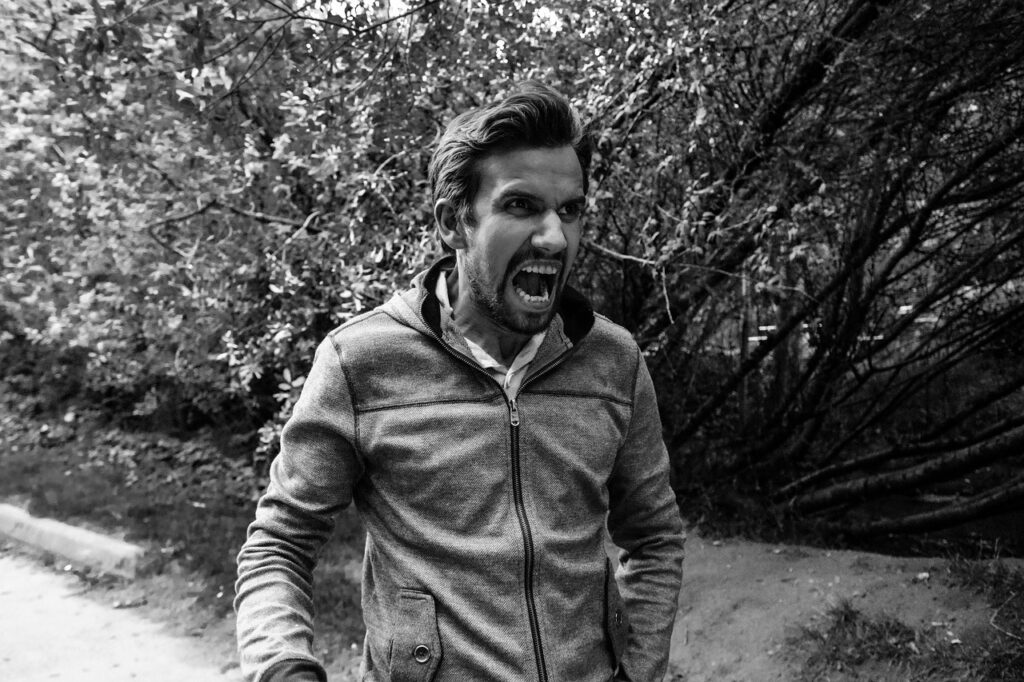Learn about different types of body language and key examples of
how body language reflects our inner workings.
Broadly speaking, the categories of body language are the orientation of the body (such as toward the other person speaking), hand gestures, eye contact, facial expressions, and our posture (Phutela, 2015).
Body language can achieve at least four communicative goals (Phutela, 2015):
-
Substituting for spoken language
-
Adding meaning to what you’ve said
-
Contradicting what you’ve said
-
Emphasizing what you’ve said

Our body language communicates not just what we are feeling, but also what we might do next (de Gelder, 2006). For example, a person who is feeling fear may show it in their face, and that information is helpful to the people around them. But is the fearful person about to lash out, shut down, or run away? Other aspects of body language can provide that additional information.
Understanding body language is also important because we seem to trust it more than other forms of information. For example, research studies have shown that when there is a mismatch between a person’s facial expression and what the rest of their body language is showing, we tend to trust the body language more (Meeren et al., 2005). To return to an earlier example, if a typically loving grandparent said, “It’s so great to see you,” and smiled but showed reluctance in the rest of their body language, a grandchild might pick up on the discrepancy – although not necessarily consciously – and wonder what is wrong.
Without the ability to read other people in this way, and communicate with our own body language, we will have trouble adapting socially (Rose & Clarke, 2009). In other words, effective displays (and interpretation) of body language are basic social abilities.
Let’s look in more depth at some examples of body language.
Body Language: Posture
First, our body posture sends all kinds of clear information about our mood or our readiness to interact with others (Phutela, 2015). Science confirms that when people cross their arms, they are not interested in engaging with others or hearing new information. When we slump forward or back in our seats, we are sending the signal that we are low in energy or not interested in what is happening.
Conversely, a more rigid body posture suggests that we are on high alert and maintaining a casual posture in the face of what should be a stressful situation sends the message that one is not intimidated or concerned about what is at stake.
Body Language: Gesturing
In the category of gesturing, expressing ourselves with our palms up or facing the other person
– unless our fingers are pointing up – communicates openness and a desire to connect (Linehan, 2014). A very interesting study found that we gesture more with our dominant hand when we are discussing positive things and more with our non-dominant hand when discussing a negative topic (Casasanto & Jasmin, 2010). A pointed finger is almost always taken to be accusatory, while widespread arms are seen as inviting, and raising both arms toward the sky is an almost universal sign of joy or triumph.


Body Language to Watch Out For
Here are some important non-verbal communications that will be helpful to pick up on in your daily life and relationships (Kleinsmith & Bianchi-Berthouze, 2012):
Anger: Anger is characterized by raised arms or fists, bent elbows or knees, tilting one’s head forward, shoulders moving back, stepping backward, and making jerky or sudden movements. Think of a boxer dropping into their fighting stance. An angry face features a furrowed brow and tightening of the lips and skin around the eyes.
Sadness: A person who is feeling sad leans forward and bends their head forward, keeps their arms straight and by their side, avoids eye contact, and makes minimal movements. A sad face features the sides of the lips being pulled down (in the opposite of a smile) and the outsides of the eyebrows being lifted up.



Katie Bingner, MS, LCPC-S, is a integrative trauma-informed psychotherapist, Board approved clinical supervisor, teacher, speaker, writer, and communication coach, who’s spent the past 16 years in the health and wellness industry. Katie has dedicated the past 8 years to helping others (and herself) navigate mental health challenges, live a fulfilling life, and embrace humanness.
References
● Casasanto, D., & Jasmin, K. (2010). Good and bad in the hands of politicians: Spontaneous gestures during positive and negative speech. Plos one, 5(7), e11805.
● de Gelder, B. (2006). Towards the neurobiology of emotional body language. Nature
Reviews Neuroscience, 7(3), 242-249.
● Kleinsmith, A., & Bianchi-Berthouze, N. (2012). Affective body expression perception
and recognition: A survey. IEEE Transactions on Affective Computing, 4(1), 15-33.
● Linehan, M. (2014). DBT skills training manual. Guilford Publications.
● Meeren, H. K., van Heijnsbergen, C. C., & de Gelder, B. (2005). Rapid perceptual
integration of facial expression and emotional body language. Proceedings of the
National Academy of Sciences, 102(45), 16518-16523.
● Phutela, D. (2015). The importance of non-verbal communication. IUP Journal of Soft
Skills, 9(4), 43-49.
● Rose, D., & Clarke, T. J. (2009). Look who’s talking: visual detection of speech from
whole-body biological motion cues during emotive interpersonal conversation. Perception, 38, 153–156
